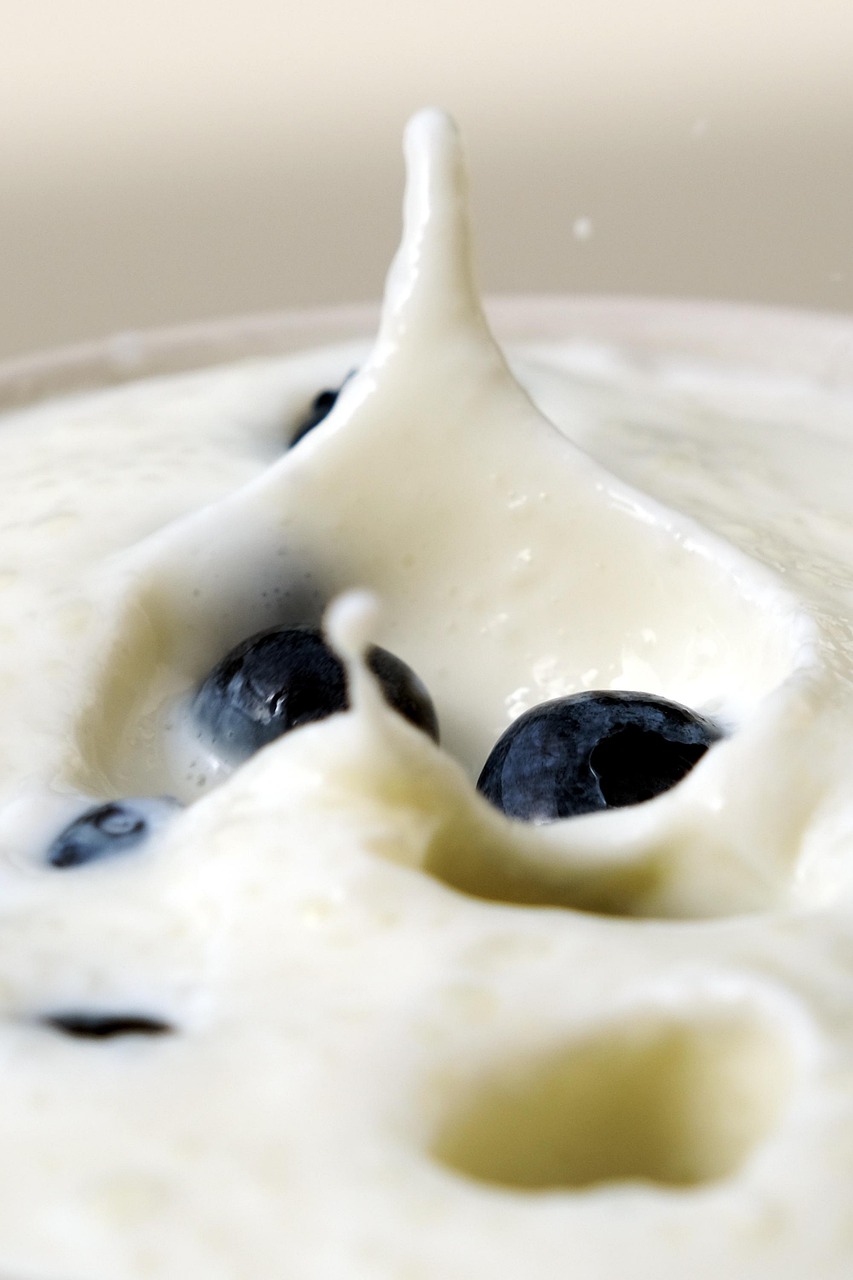Kefir is back in the summer spotlight of 2025, with search interest surging and strong placement in the Wild Bite Club Trend Ranking. The centuries-old drink from the Caucasus fits today’s wellness mindset: naturally fermented, microbiome-friendly, and versatile across dairy and plant-based formats. Peer-reviewed research highlights anti-inflammatory, antimicrobial, and cholesterol-lowering effects, while market data points to steady global expansion. DIY culture and social media amplify adoption, from home brews to sparkling water kefir. This report maps the health evidence, market momentum, and cultural drivers shaping kefir’s latest rise—and where the category is headed next.
Trend Snapshot
| Aspect | Details |
|---|---|
| Trend Name | Kefir Revival 2025 |
| Key Components | Fermented milk, kefir grains, probiotics, kefiran, water kefir |
| Spread | Europe, North America, Asia; boosted by wellness communities & social media |
| Examples | Supermarket kefir drinks, artisanal brands, DIY fermentation, plant-based kefir |
| Social Media | TikTok “gut health” hacks, Instagram smoothie bowls, 30-day kefir challenges |
| Demographics | Health-conscious Millennials & Gen Z; functional-food adopters; DIY enthusiasts |
| Wow Factor | Naturally fermented, microbiome-supportive, highly versatile in flavors & formats |
| Trend Phase | Growth—broadening from dairy to water kefir and flavor innovation |
Origins & Identity
Kefir’s roots lie in the Caucasus Mountains, where milk was preserved with kefir grains—gelatinous clusters containing a symbiotic community of bacteria and yeasts. The result is a tangy, lightly effervescent drink with complex aromas and a distinctive mouthfeel. Compared with yogurt, kefir typically features a broader microbial diversity, which shapes both flavor and potential health effects.
Over the twentieth century, kefir moved from a regional staple to a pan-European health drink and, eventually, to global shelves. Its identity has always been flexible: rustic or premium, plain or fruit-forward, dairy-based or plant-based. Producers now offer lactose-free variants, organic lines, and water kefir. This adaptability keeps kefir relevant across regions and dietary preferences.
Science Snapshot: What Research Really Says
Kefir’s health appeal rests on strong evidence. Probiotics found in kefir, including Lactobacillus kefiri, can survive stomach acid and colonize the gut. Kefir also contains kefiran, a polysaccharide associated with immune and metabolic benefits.
A comprehensive review in Nutrients – documented kefir’s anti-inflammatory, antimicrobial, cholesterol-lowering, and antidiabetic properties. Another 2024 review in Foods – summarized kefir’s bioactive compounds, their effects on gut microbiota, and applications for functional foods.
Together, these findings strengthen kefir’s credibility as more than folklore: it is a scientifically supported dietary tool, with growing interest in expanding its clinical validation.
Market Momentum: From Niche to Mainstream
According to Future Market Insights – the global kefir market was valued at USD 1,305.4 million in 2024 and is projected to reach USD 1,345.9 million in 2025, with growth continuing through 2035. Dairy kefir remains dominant, but the strongest momentum lies in plant-based and water-kefir formats, which are forecasted to expand at an annual rate above 12% from 2025 to 2030.
This reflects kefir’s adaptability. Artisanal and premium kefir emphasize organic certification, short ingredient lists, and exotic flavors. At the same time, mass-market kefir integrates into everyday grocery baskets. The category now competes directly with kombucha, smoothies, and probiotic yogurts—anchored by its authenticity and heritage.
Use Cases & Formats
Kefir adapts easily to daily life. Dairy kefir is consumed as a breakfast drink, blended into smoothies, or swapped for buttermilk in cooking. Plant-based kefir appeals to vegan and lactose-intolerant consumers, while water kefir positions itself as a refreshing, probiotic soda alternative.
Innovation is vibrant: kefir shots, frozen kefir desserts, savory dips, and hybrid drinks (e.g., kefir with kombucha or adaptogens) all expand kefir’s reach. Chefs also leverage its acidity in marinades and sauces. This versatility ensures kefir remains both traditional and trendy, functional yet culinary.
Culture & Social Media
DIY culture has fueled kefir’s rise. Home fermentation is inexpensive and rewarding, with visible microbial activity that appeals to health-conscious makers. Caring for kefir grains fosters routine and ritual.
On social media, kefir thrives visually. TikTok features second-ferment recipes with bright fruits, Instagram shows thick kefir smoothie bowls, and influencers share 30-day kefir challenges. For Gen Z and Millennials, this peer-to-peer content is powerful—positioning kefir as both accessible and aspirational.
Culturally, kefir also aligns with the shift toward minimally processed, traditional foods. It signals authenticity while remaining highly adaptable to new lifestyles.
Outlook & Risks
Kefir’s 2025 revival appears durable. Expected innovations include ready-to-drink kefir shots, flavored water kefirs, and crossover products blending kefir with botanicals. Demand for gut health and functional foods remains strong, providing fertile ground.
Challenges include the need for more large-scale clinical trials to substantiate claims, as noted in Nutrients – and the environmental footprint of dairy kefir. Here, plant-based and water kefir play a crucial role in addressing sustainability concerns.
With credibility from heritage, adaptability through innovation, and amplification via social media, kefir is well-positioned to extend its global footprint far beyond 2025.
Conclusion
Kefir has returned to the spotlight in 2025 as a symbol of functional food evolution. From ancient Caucasus traditions to supermarket aisles and digital feeds, it represents the convergence of science, culture, and lifestyle. Whether enjoyed for gut health, culinary versatility, or aesthetic appeal, kefir is here to stay.
👉 Explore more rising trends at Wild Bite Club.

